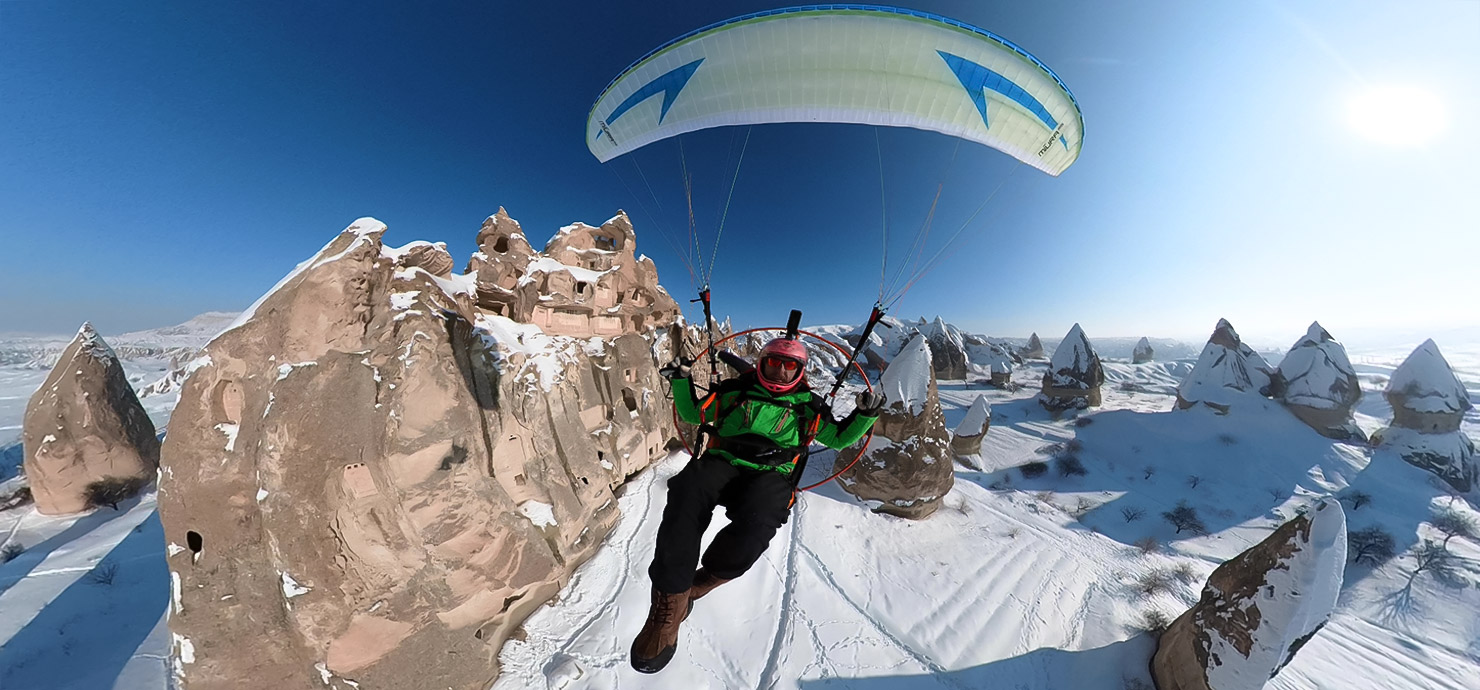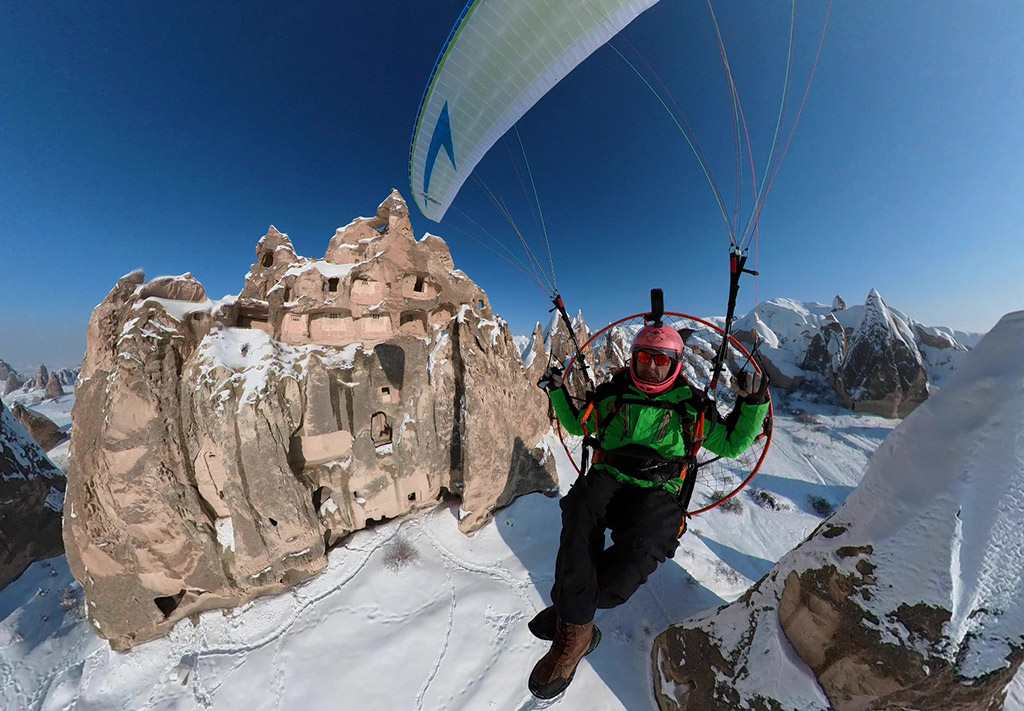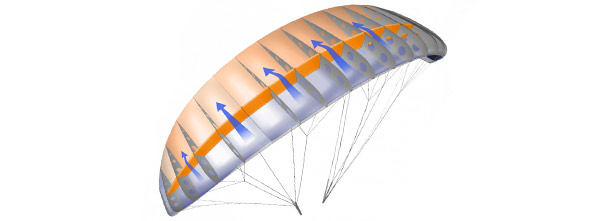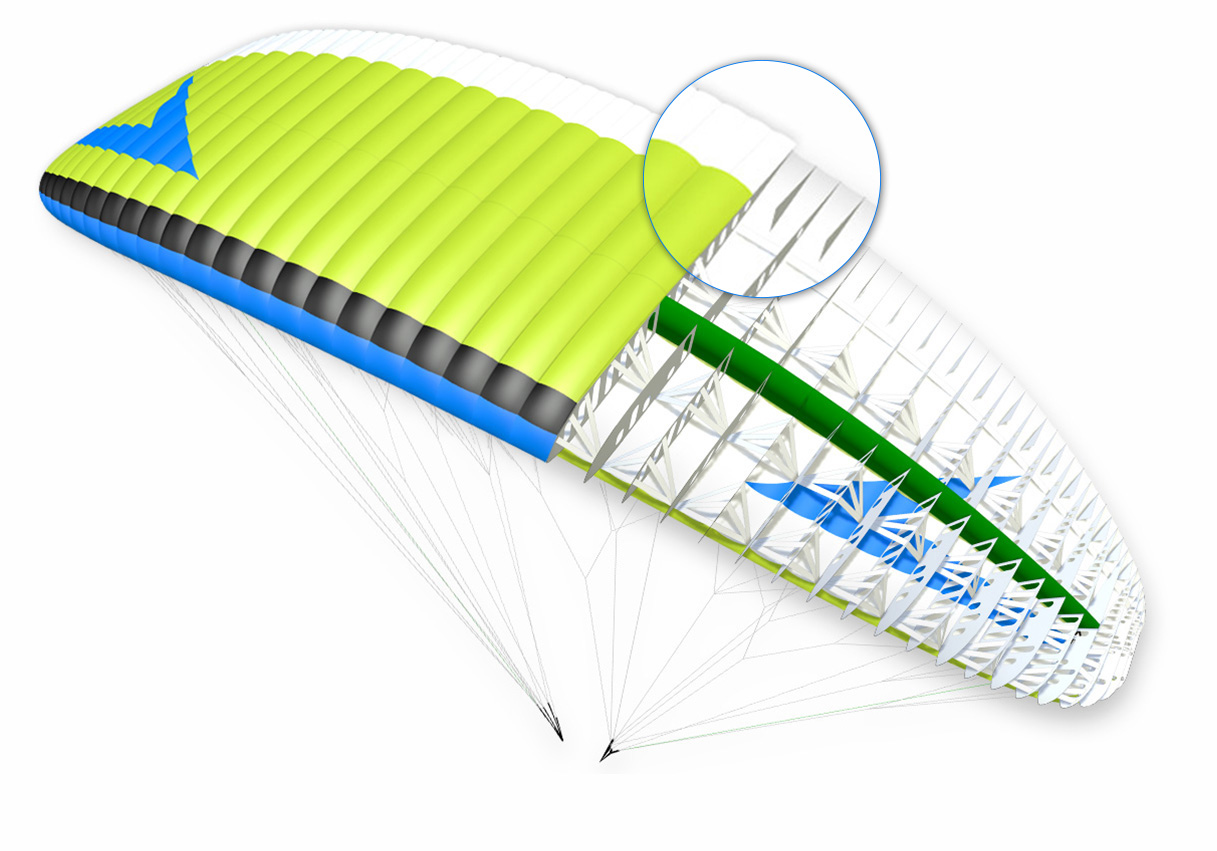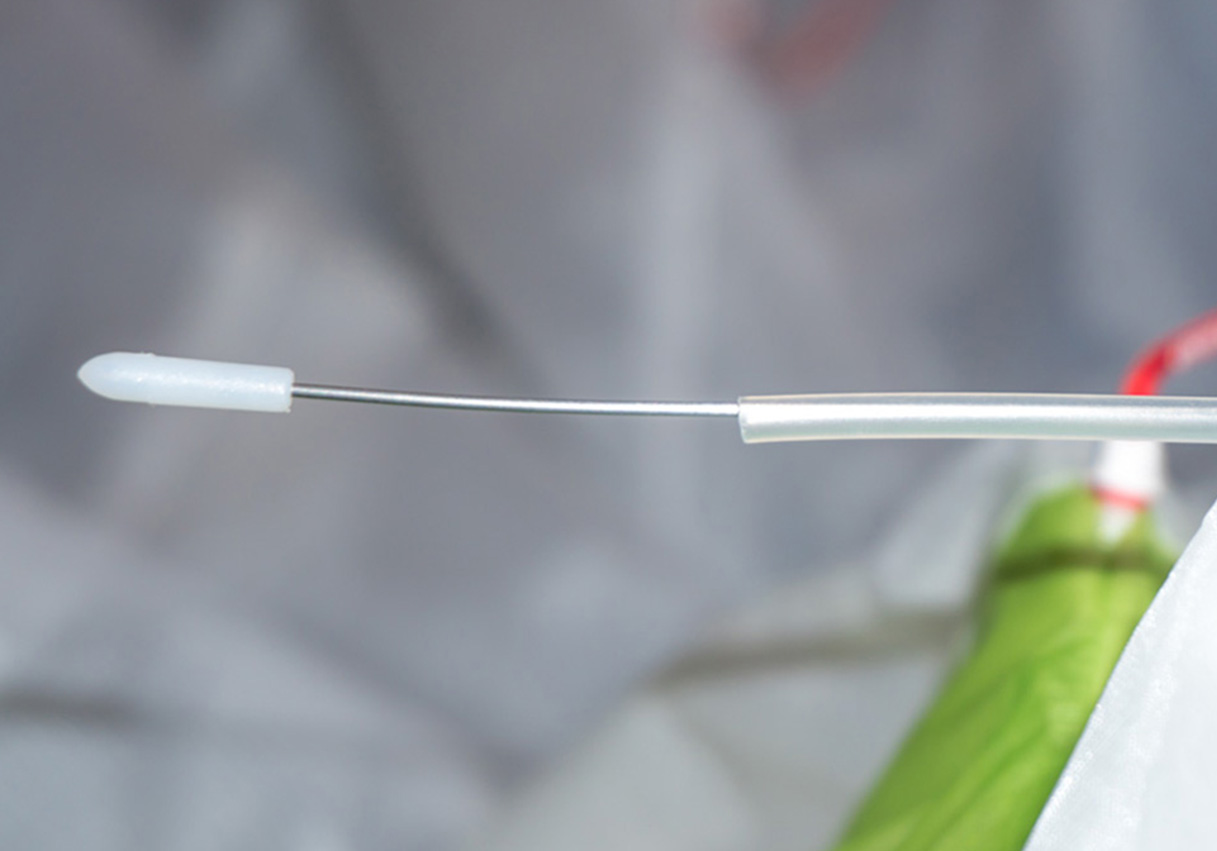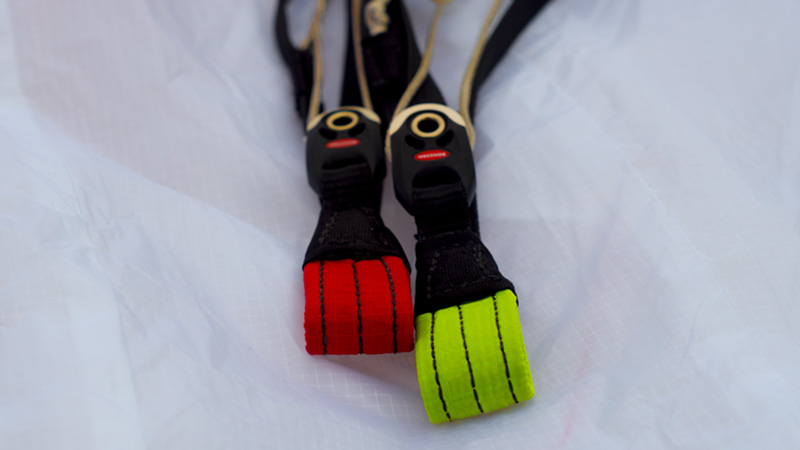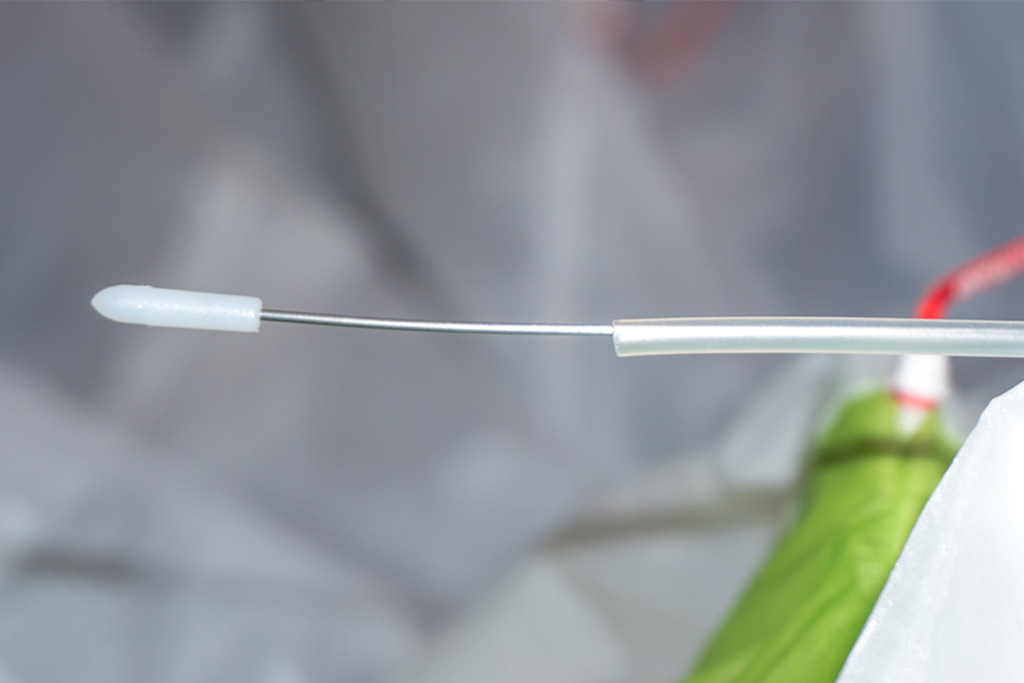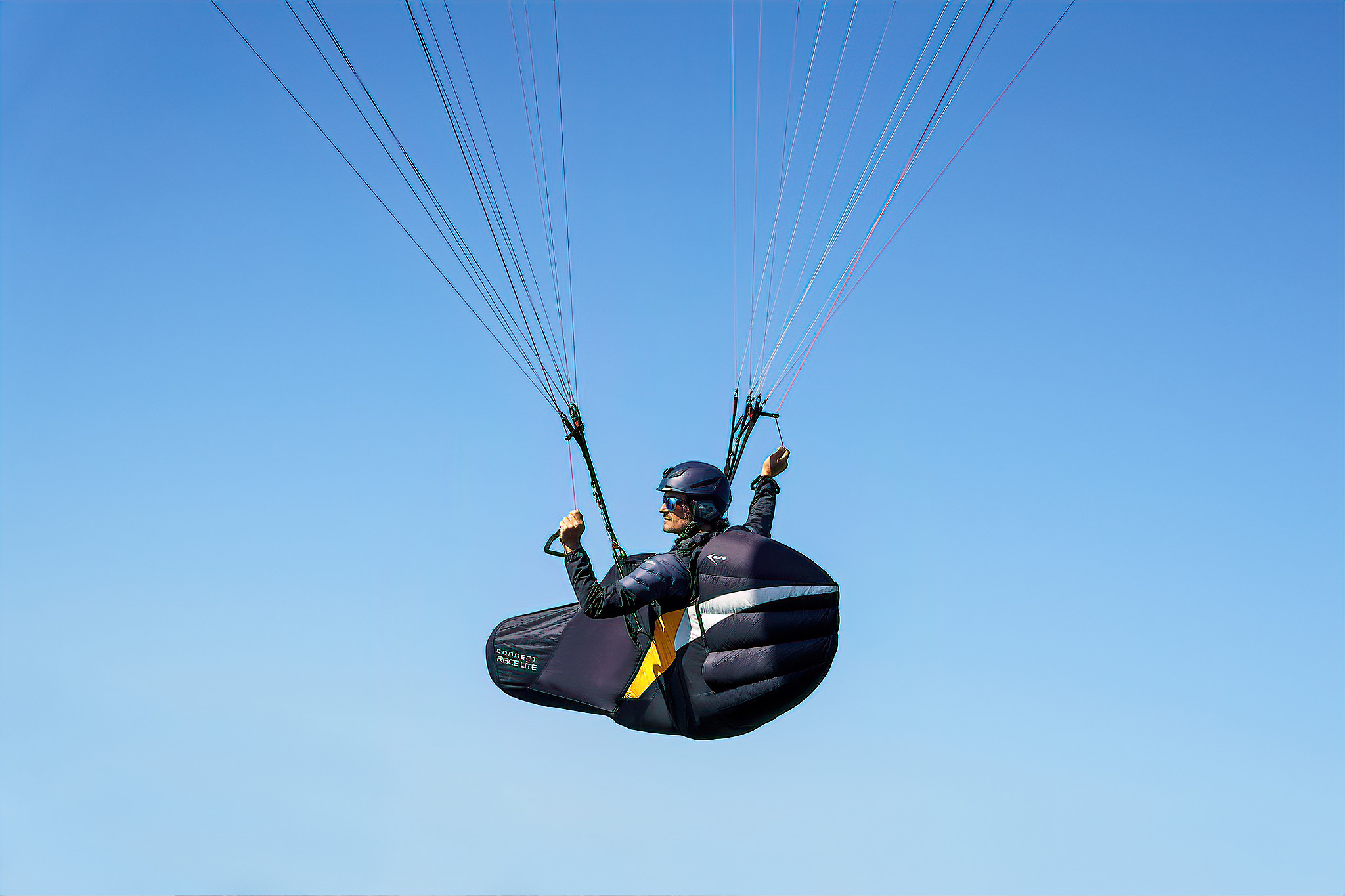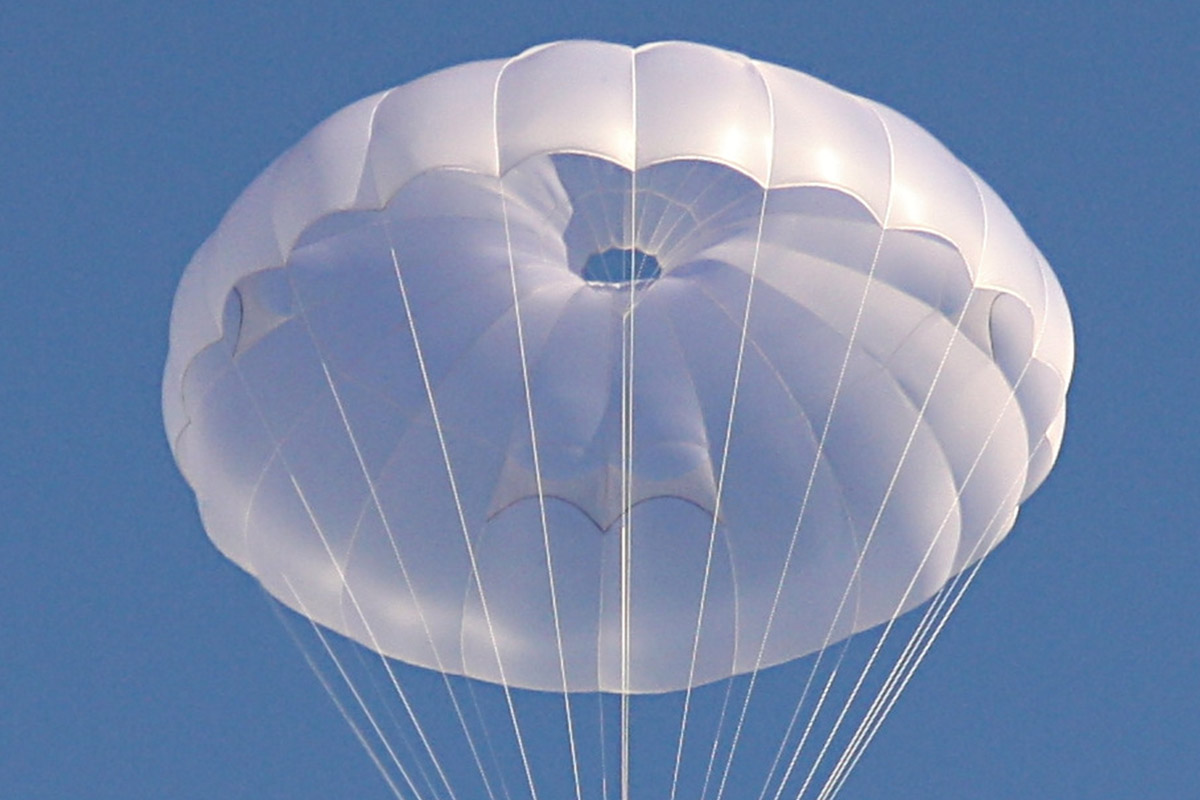MIURA RS
…one glider, two classes!
The best paraglider is whichever one is best suited to the particular pilot.
We developed the MIURA RS for ambitious pilots who are looking for a glider with excellent properties in thermal flight, which they can use to perfect their skills over a number of years.
Already in the development phase the XC-Allrounder became the absolute favorite glider of our test pilots with its direct and precise handling.
The challenge we faced when developing the MIURA RS was to create a glider with enough performance for ambitious beginners to be able to get into thermalling and cross-country flying, but which still had the feeling of safety and comfort during flight found in a basic intermediate wing. As soon as we had tested the first prototypes, we knew that the MIURA RS was more than just an ordinary basic intermediate glider. Performance and handling reveal B category genes but, with moderate use of the speed system, its behavior in terms of safety is consistent with that of a glider in the A category. For this reason we decided to have the MIURA RS certified twice: firstly as an A category glider suitable for training, and secondly as a basic intermediate with its benefits of the extended speed range. This is possible by adding or unmounting the speed limiter, which pilots can do themselves in just a few seconds.
If you decide to buy the MIURA RS, you don’t have to choose one or the other!
Who should fly the Miura RS?
Ambitious beginners wanting to use the performance and handling of an intermediate glider in their training, but who still want to keep the passive safety of the A category, will immediately feel at ease with the MIURA RS. The balanced damping and optimised RAST system will give you the confidence to climb higher than ever before, even in rough conditions. And on the subject of climbing, even its simple launch behaviour underlines its commitment to transport you with ease into the sky. This means the MIURA RS is ideal as your future-proof first paraglider. Pilots coming from a higher EN rating and those who don’t fly very often will also appreciate the glider’s accessible performance.
With 48 cells and its efficient speed system, it offers climb and glide performance that is outstanding in this class, and which will still put a smile on your face even after years. We have also refined its handling so that you will always be in full control of the situation even in turbulent thermals. And if conditions should ever become rougher than was expected, RAST will help you maintain pressure in the canopy.
Paramotor risers
The MIURA RS is also ideally suited for ppg-flying due to its reliable take-off characteristics and high stability. We offer optional EN/LTF certified hybrid risers so that you can go through the complete training from the training hill to licensed ppg-pilot with the Miura RS.
Features
Detail-Photos
Miura RS Video
Testimonials
After a few test flights, it was clear to me that the Miura RS is much more agile in thermal conditions and has much better flight characteristics than the Mito, but at the same time it still gives me a smooth, easy handling that reminds me a lot of the Mito and for which I am grateful.
A comparison: flying with the Mito is like driving a car without power steering, flying with the Miura RS is like driving a car with power steering. And I would not like to do without this pleasant characteristic of undemanding docility.Is the Miura RS now a hermaphrodite between A and B? I don’t know and for me the definition doesn’t matter. For me, the Miura RS almost seamlessly opens up completely new scope in flying, which I will grow into – and fly – with great pleasure and a secure feeling. Because for two days now I have had my own Miura RS. And that’s what matters.
“At the Stubai Cup I had the opportunity to test the new MIURA RS. The MIURA RS shows the same simple and harmonious starting behavior as my MITO and I felt immediately “at home” in the air, so that I could immediately start in the bubble thermal.
The MIURA RS pulls comfortably but firmly into the thermal, picks up speed and I was able to control it well even in tight circles without having the feeling of “stalling” it. It was also enough for my first valley crossing to the Elfer. Here you can best notice the difference to my MITO, which I have been flying since my training two years ago: Gliding and especially accelerated flying are of course a different class due to the construction – exactly what I am looking for”.
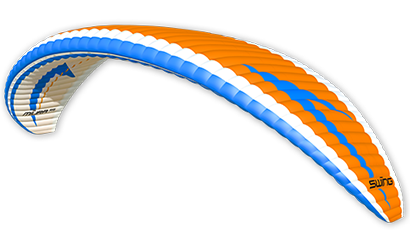
Tangerine
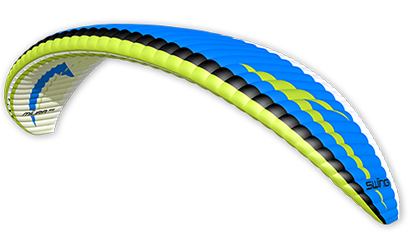
Sky Blue
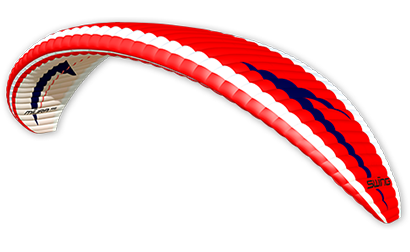
Flame
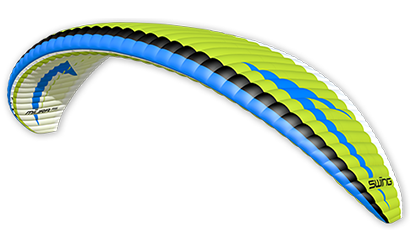
Dream
| MIURA RS | XS | S | SM | ML | L | XL |
|---|---|---|---|---|---|---|
| LTF Certification | A (PDF) B (PDF) |
A (PDF) B (PDF) |
A (PDF) B (PDF) |
A (PDF) B (PDF) |
A (PDF) B (PDF) |
A (PDF) |
| CEN Certification | B (A) | B (A) | B (A) | B (A) | B (A) | A |
| DGAC Certification | — | |||||
| Permissible weight range (kg) min./max. incl. Equipment | 55-75 | 70-90 | 80-100 | 90-110 | 105-125 | 115-145 |
| Recommended weight range (kg) Min/Max incl. Equipment |
60-75 | 75-90 | 88-100 | 98-110 | 108-125 | 120-135 |
| Permissible weight range (kg) Min/max motorized incl. equipment | 70-100 | 90-115 | 100-125 | 110-140 | 125-155 | – |
| cells | 48 | 48 | 48 | 48 | 48 | 48 |
| wing area (m²) | 22,0 | 24,4 | 26 | 27,5 | 30,9 | – |
| projected wing area (m²) | 19,2 | 21,4 | 22,7 | 24,0 | 27,0 | – |
| wing span (m) | 10,6 | 11,2 | 11,6 | 11,9 | 12,6 | – |
| projected wing span (m) | 8,6 | 9,1 | 9,4 | 9,7 | 10,3 | – |
| aspect ratio | 5,15 | 5,15 | 5,15 | 5,15 | 5,15 | – |
| projected aspect ratio | 3,9 | 3,9 | 3,9 | 3,9 | 3,9 | – |
| glider weight (kg) | 4,3 | 4,6 | 4,8 | 5,1 | 5,5 | – |
* in process
** The performance data depend on the wing loading, the atmospheric conditions and the harness used, as well as the pilot position.
- SWING MIURA RS
- Users Manual
- Innerbag 2.0 (55 l)
- Riserbag 2.0
- Speedbar Free*Spee 3.0
- Compression strap
- Sherpa packrucksack (alternatively Swing Fast Packing Bag
Explorer 90, Everest 75/95 or without packsack)




